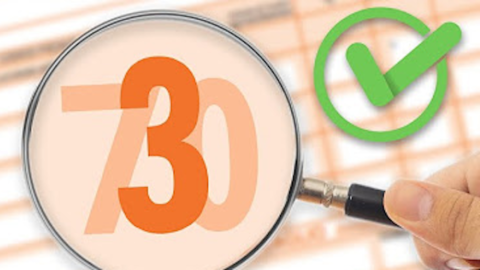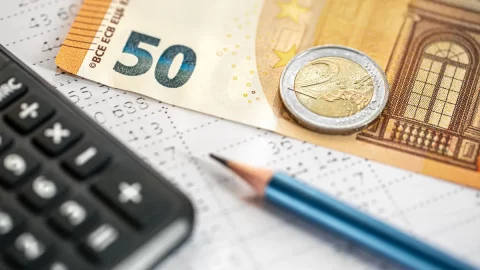From 2020 they snap different news for VAT numbers who intend to use the flat rate scheme. Let's start with the bad news. With the latest budget law (article 1, paragraph 692), are reintroduced two impediments canceled in 2018. In this way – reads the technical report attached to the maneuver - about 340 thousand VAT numbers taxed at a flat rate until 2019 will be excluded from the regime with a substitute rate of 15% (which in some cases it can go down to 5%) and will have to return to the normal personal income tax system, which is much heavier.
On the other side of the balance comes a mini-premium for flat-rate VAT numbers which, while not required, will choose to issue electronic invoices.
Other changes concern the so-called “super-flat-rate scheme" and the accumulation of income flat-rate products to total income.
Now let's see in detail what these changes entail.
1) HINDING CAUSE #1: THE COST OF WORK
The first stake reintroduced in 2020 has to do with the cost of the job. In fact, starting this year, VAT numbers that spend more than 20 thousand euros a year. However, the threshold is much higher than in the past (until 2018 it was 5 euros), in order to make this parameter consistent with the new limit set for revenues (65 euros). The calculation includes the sums spent for ancillary work, employees and collaborators, but also the money transferred to the associates as profits from participation.
2) IMPOSSIBLE CAUSE #2: WORKING INCOME
The second cause of impediment which has come back into force this year excludes from the flat-rate regime VAT numbers that also receive remuneration from employment or similar (like them from retirement) for an amount exceeding 30 thousand euros a year.
3) THE AWARD FOR ELECTRONIC INVOICES
We come to the mini-premium for VAT numbers which, falling within the flat-rate regime, will voluntarily opt for electronic invoicing. In these cases, the Revenue Agency will have until 31 December of the fourth year following the tax return to initiate an inspection. Basically, the time limit beyond which assessment notices are no longer valid goes down five to four years.
4) GOODBYE TO THE SUPER-FLAT-RATE SCHEME
Last year's budget law provided for the introduction of a super-flat-rate scheme from 2020 with 20% substitute tax for VAT numbers for natural persons with revenues included between 65 thousand and 100 thousand euros. The Northern League called it a "flat tax", even if that was not what it was about. In any case, the rule was repealed with the last manoeuvre, consequently the super-flat-rate regime never entered into force.
5) THE LUMP RATE INCOME IS ACCUMULATED FOR DEDUCTIONS AND DEDUCTIONS
Finally, from 2020 the income taxed with the flat-rate regime contributes to the determination of the total income, i.e. the data that determines whether you are entitled (and to what extent) to deductions, deductions and various benefits, including non-fiscal ones.






€30.000 net or gross?
thanks